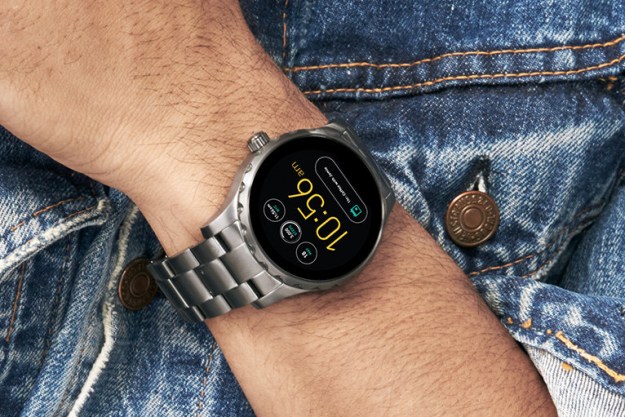The sleep tracking feature in our fitness wristbands is usually a secondary feature we take little notice of. Often, we don’t pay attention because the data is either too basic, or not accurate enough. There’s a new product on its way which could change all that. It’s called the Beddit, and you sleep on it.
At first glance, the Beddit looks like a space-age belt to be worn with a pair of trousers, but the long, belt-like section is stuck to your mattress, underneath the sheets. The control box hangs down the side of the bed and is powered by a USB plug. There’s no messing around with activating sleep mode on the device, only on your smartphone, or wondering if it will realize when you go to sleep or wake up, because that’s its only job. It takes it very seriously, too.
Beddit’s tracking tech is way beyond accelerometer-based sleep tracking.
Beddit’s own algorithms interpret all the gathered data to give an accurate view of sleep patterns, and crunches it into a Sleep Score, giving users an easy to understand snapshot of how well they slept. Beddit connects with an app on your smartphone – it’s compatible with iOS and some Android devices – which not only shows what happened during the night in detail, but also offers tips on improving sleep. The app also takes advantage of the phone’s microphone, and listens out for snoring during the night. The technology behind Beddit has been developed with the Helsinki Sleep Clinic, the VitalMed Research Center, and a Finnish sleep expert.
Good sleep is just as important as physical exercise
While wearable fitness products like the FuelBand are trying to make us fitter and healthier, few emphasize the importance of sleep in this equation, favoring all the running and jumping instead. Having a good night’s rest can stop you from gaining weight, and can help you train harder when you’re awake, making it worthwhile to pay attention. You’re really only getting half the story by simply tracking your waking hours, if you’re serious about changing your lifestyle.

We took a quick look at the Beddit sleep tracker, and spoke to the firm’s marketing representative, Antti Ylimutka. The strip is very thin and lightweight, and should disappear underneath a normal bed sheet. It’s available in black or white, but is only long enough to track a single person’s sleep.
Beddit’s tracking tech is way beyond accelerometer-based sleep tracking, but not up to the standards of a complex medical system. However, while it’s a step forward, it’s what comes next that’s really exciting. Without going into much detail, Ylimutka told us the current design is only the beginning, and that this time next year it’ll be a very different product indeed. We went on to discuss smart mattresses with Beddit built in, and beyond that, smart bedding with Beddit’s tech woven into sheets. It’s some time away, of course, but accurate sleep tracking using smart beds sounds like a distinct possibility.
If you’re interested in picking up Beddit for yourself right now, it’s sold through the company’s own website for $150, and regional variants for the U.K. and Europe are available, too.
Editors' Recommendations
- AirPop’s Active+ Smart Mask tracks your breathing like Fitbit tracks your steps
- Does tracking your sleep actually help you sleep better? We asked an expert




